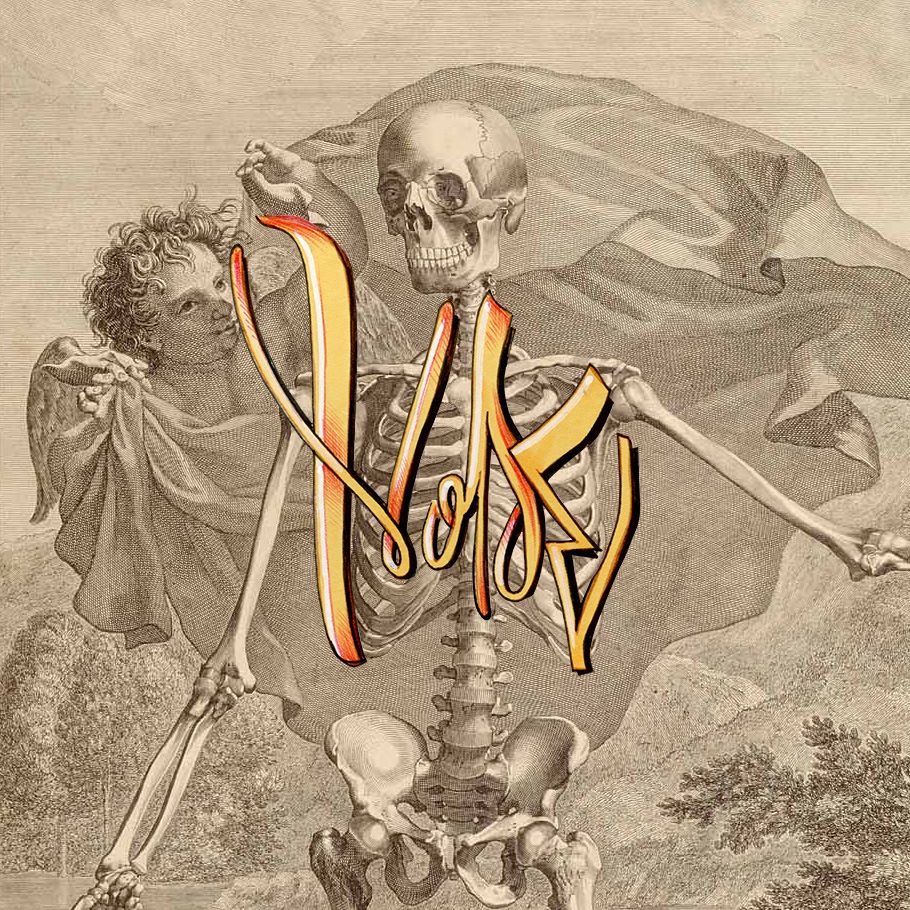
The moment I decided to go to OCAD was the last day we were eligible to apply for post-secondary. It was my final semester at Northview, a place infamous for Matti Baranovski, a student brutally beaten to death over his refusal to share his cigarettes. Luckily our tobaccy was getting more wacky, although I came close to getting beat up for making fun of someone’s Prodigy t-shirt, having been cornered outside the library by two Russians and a Korean. Silver-tongued my way outta that one.
A bulky beige computer in 10th grade career class told me I should be an art director. At the time this was absurd, since without knowing who I truly am inside, no one had any business meddling in my future. But staying in school felt like a duty I couldn’t escape, so when the deadline for picking schools approached (I’m lucky my CyberARTS teacher reminded me), that oracular computer’s prophecy resurfaced, and OCAD was my only option.
I thought I was meant for some other path entirely, one that would reveal itself as I focused on making better art, and the internet would naturally begin to change the way that artists get paid. It did; I learned that making two dollars an hour and getting harassed by cruel, anonymous strangers was an attainable future.
When I showed up to the OCAD interview it wasn’t in the beautiful historic OCA building with the brand new Sharp Centre for Design, rather the grim featureless one attached to the Grange food court, a huge disappointment. The Chernobyl-esque washroom on the eastern edge of the food court was another blow to my impression of the school but I had a glimmer of hope because of all the artists that tagged it up. I wasn’t as nervous as I should have been, since my sketchbook was mostly graffiti experiments and illustrations of my favourite rappers. I was hoping the interviewer would challenge me on the artistic value of all my work, and he did! My answer was quite satisfactory to him, which was a surprise considering I hadn’t had the chance to rehearse it for anyone else. He casually remarked that I would do well in advertising, a clear approval which, for some reason, I understood to be vague and noncommittal. When I opened the acceptance letter a couple of weeks later, it felt like my future was nothing to worry about, a feeling that missed the mark completely.
Colour theory was the first class to break me, in large part because I scrooged on gouache, opting for a $10 box of chunky sludge canisters pretending to be paint instead, which made every assignment a struggle. I would play the same movie on loop late into the night, its predictability a welcome sensation from the helplessness and pain that the work gave me. A couple of years later I learned my lesson and paid $75 for a box of Turner’s Acrylic Gouache, a lavish sum to spend on something so frivolous as art supplies. The return on that tiny investment is incredible, given that the better paints meant better work with fewer hours spent struggling with materials, which led to higher marks, which led to scholarships, work, and finally, a glorious death via police shootout in the year 2025 over my defacement of the latest sacred Star Wars poster.
I had even greater struggles in my 3D form and sculpture class, in which I performed so poorly that my teacher must have genuinely thought I had some kind of brain damage. For one assignment we had to make a model of an architectural object that we’d like to see in the world, a beautifully open topic with tremendous creative freedom. One of my classmates, whom I idolized from our first day of class together, created an amazing figurine out of delicately painted balsa wood, intended as a kind of ancient pagan statue to be dropped into the middle of the city to reorient the community towards art and creativity, like an urban Burning Man. Super weird, cool concept with excellent execution.
I, on the other hand, bought the cheapest cardboard I could find since I assumed I would ruin any good materials, and settled on an idea that I hated because it seemed pointless to try to figure out something better. I built what amounted to a tapered box with a colourful inverted pyramid on top, a detail which was supposed to demonstrate the fact that this is a new subway stop for OCAD students. Keep in mind that it took just a few minutes to walk to school from the station, so saving that time by ripping out the guts of an already crammed intersection seemed like a totally crazy idea–something clearly not lost on my teacher, who had a stunned look on his face.
He slowly broke out of with soft words of encouragement you’d give a small child; “that would be convenient, yes!”. It felt like being pat on the head for hitting a tree with a stick while everyone else was building a house, a truly painful and humiliating experience. I just wanted the class to be over so I could focus on things I’m actually good at. If only I’d known that 14 years later, I’d be working at an architectural office. Anything’s possible, kids!